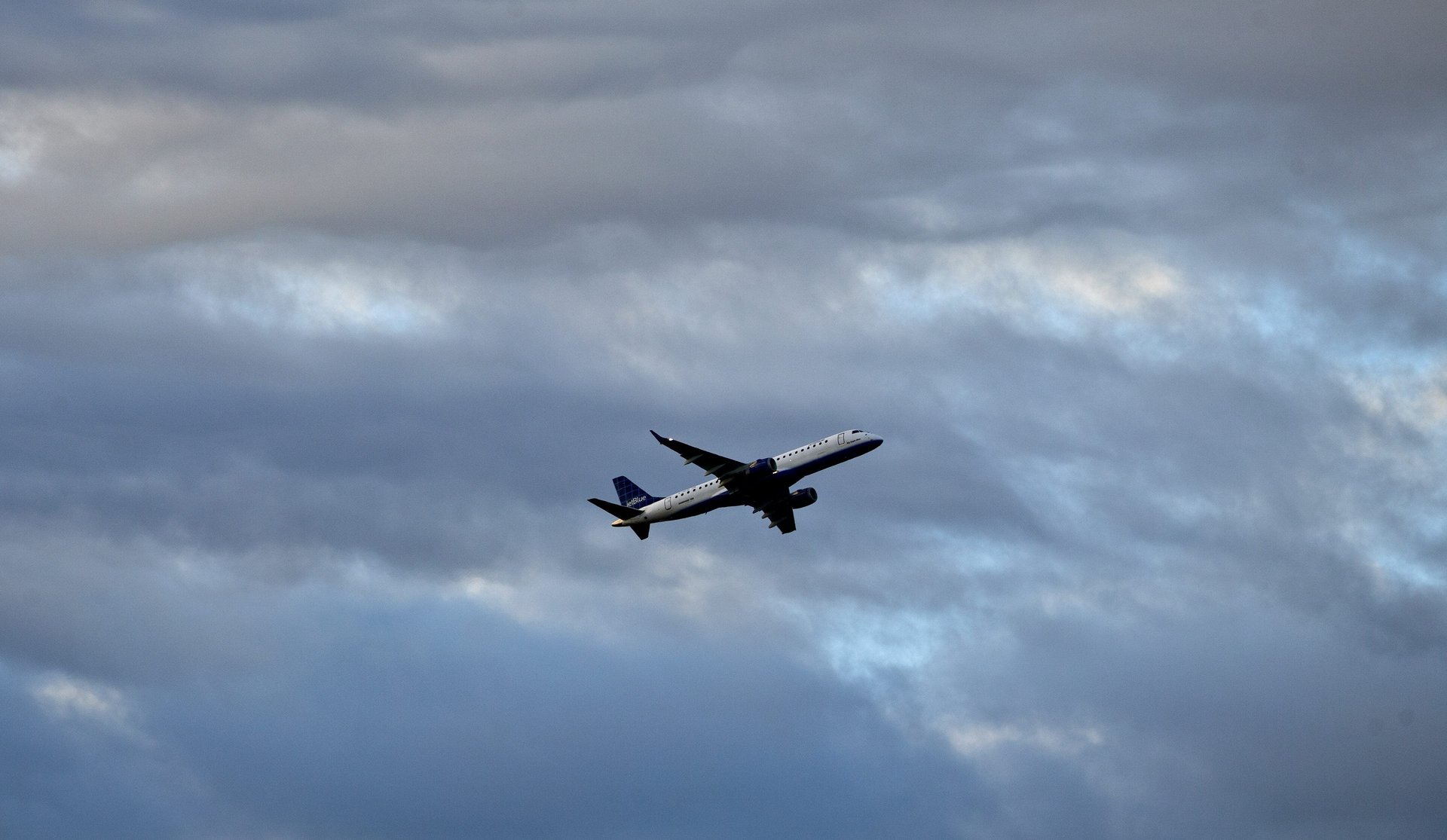Scientists say there’s a better way to predict air turbulence than pilots’ observations
Is turbulence avoidable?


Is turbulence avoidable?
Scientists at the University of Warsaw say sensors onboard airplanes could provide more precise data about rough air, which could help pilots steer clear of turbulent spots.
In-flight turbulence is the leading cause of injuries to airline passengers in nonfatal accidents, according to the Federal Aviation Administration.
The common occurrence can range from a light chop that will rattle your pint glass, to extreme turbulence. Strong turbulence sent 22 passengers and two crew members aboard a JetBlue flight on August 11 to the hospital, the airline said. The flight from Boston to Sacramento, California, diverted to Rapid City, South Dakota due to turbulence that appeared to be the result of strong thunderstorms.
Pilots are a primary source of information about turbulence. They radio in details about their flight conditions to each other and to air traffic controllers.
But their observations about turbulence are subjective, varying based on their own experiences and the kind of aircraft they’re flying.
Other tools at pilots’ disposal, such as weather warnings from meteorologists, also tend to fall short. They often can’t predict clear-air turbulence, which can be sudden and occur without any clouds or storms.
When turbulence is reported, pilots can request a different altitude or route, but they won’t always get it, especially when nearing congested airports like those in big metropolitan areas such as New York or Hong Kong.
Flight sensors could provide more precise and objective information about turbulence to complement pilots’ evaluations, according to a study published in the journal Atmospheric Measurement Techniques. Those sensors that detect a plane’s location and speed can also show how much a plane is moving vertically, locating turbulence within a margin of error of 20 kilometers, which takes a little bit more than three minutes for a pilot to travel, the study said.
The researchers at the University of Warsaw say more testing of the method is required and it would come at a cost to disseminate the information.